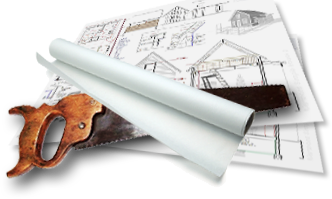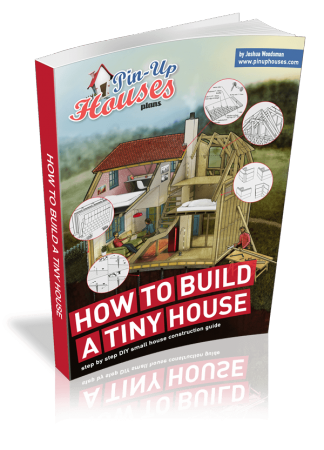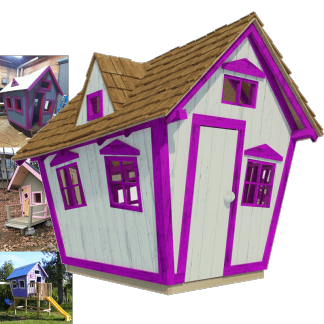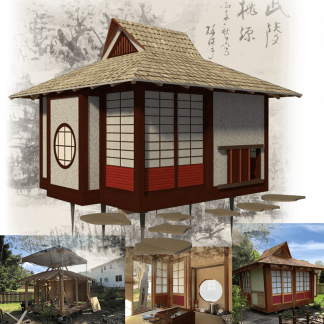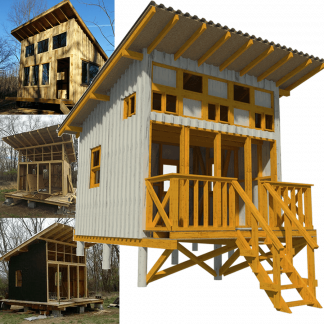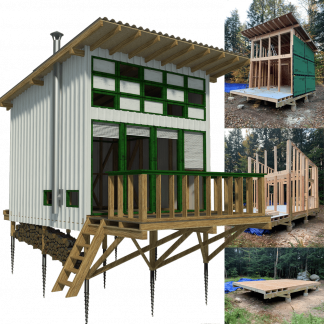Smart Architecture in Motion: Integrating Actuator Technology and App-Controlled Furniture into Modern Design
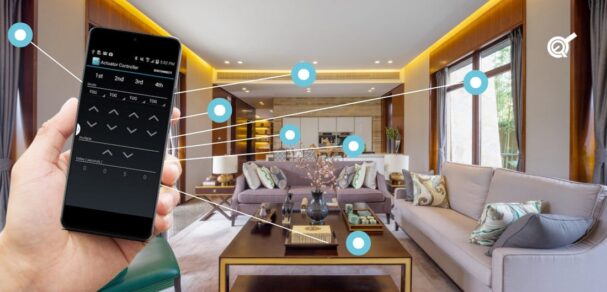
Smart homes are quickly becoming part of daily life due to their functionality and effectiveness. But this shift isn’t just happening with lights, thermostats, and doorbells. Today, it’s reshaping how architects and designers think about the very layout and function of a space. The rise of actuator technology and app-controlled furniture is giving buildings and interiors the power to move, adjust, and transform based on a person’s needs and preferences. It’s a quiet revolution in design thinking with lots of interesting ideas.
Imagine a living room that turns into a workspace with the push of a button. Or a kitchen counter that lifts and lowers depending on who’s using it. These kinds of transformations are not from sci-fi films, it is the order of the day now. Architects around the world are building them into homes, offices, and even small urban apartments. The key is in the details, especially in the use of smart linear actuators, compact motors that make motion possible in a wide range of setups. This is where furniture actuator applications in interior design are truly becoming applicable and effective.
Compact Tech, Transformative Design: The Future of Space Efficiency
Linear actuators are small, but their impact is big. Mounted under tables, behind walls, or inside cabinetry, they enable surfaces and structures to move smoothly and quietly. They’re being used to hide TVs, open cabinets without handles, lift beds, or slide partitions. For interior designers, this opens up new freedom to work with limited space while still offering premium features. A single space can now shift from one purpose to another, not manually, but automatically or remotely. In tight urban environments where every square foot counts, this flexibility is priceless.
One company helping bring this to life is Progressive Automations, known for its complete automation solutions. With their products, motion isn’t just functional, it’s refined. Their actuator systems are designed to be both strong and silent, which means designers don’t need to sacrifice comfort or style for technical performance. And with the Progressive Motion App, users can control everything from their phones or tablets. Raise your TV, extend your desk, or slide a partition with one tap. The app makes these systems accessible and easy to manage, with options to set presets, timers, and even synchronize multiple actuators together. That kind of intuitive control is what today’s tech-forward homeowners expect.
But this shift isn’t only happening in luxury homes. Architects are using these systems in offices, retail stores, hotels, and more. Think about a hotel room where the bed disappears into the wall during the day, or an office space where desks can be raised or retracted depending on how many people are in the room. These aren’t gimmicks — they’re smart solutions that improve how a space works. This approach supports sustainability too. Instead of building more space, we can now design smarter space. A smaller footprint, when used efficiently, often does more than a large one filled with unused corners.
Invisible Engineering, Visible Elegance
Of course, the technology wouldn’t matter if it didn’t look good. And that’s something designers appreciate about modern actuator systems, they’re easy to integrate. You don’t see wires or bulky motors sticking out. The mechanics are hidden behind panels, under surfaces, or inside frames. The result is a clean, sleek aesthetic. Everything works together, the movement, the materials, the finishes, to deliver a space that feels alive, not static.
App-controlled furniture is also changing the way we think about customization. It’s no longer about buying furniture that works for everyone. Now it’s about creating solutions that work for you. Maybe your desk adjusts because your height demands it. Maybe your bed lifts so you can stretch in the morning without getting up. Or maybe your media center moves out of the way so your living room becomes a yoga studio. People want environments that reflect their lifestyle, and actuator-driven systems are helping make that possible.
For designers and architects, the possibilities keep expanding. The motion systems from Progressive Automations are modular, which means they can be tailored to nearly any setup. Want a sliding wall that reveals a hidden bar? No problem. Need a lift system for a projector in the ceiling? It can be done. Want your shelves to rotate, your windows to open automatically, or your countertop to rise and double as a dining table? All of that is within reach.
And none of this needs to feel overly technical. The simplicity of the Progressive Motion App makes daily interaction seamless. It’s not just about turning something on or off — it’s about living in a space that responds to your habits and improves your comfort. That’s what modern design is moving toward: spaces that adapt, simplify, and support daily life without friction.
Architects used to focus mainly on static form. Now, motion is part of the blueprint. A room is no longer defined only by walls and windows, it’s defined by what it can do. The trend toward dynamic, responsive spaces is only accelerating. As actuator technology gets more advanced and app interfaces become more user-friendly, we’ll see even more motion built directly into interiors.
It’s an exciting time for architecture and design. No longer limited by fixed structures, creators can now dream in movement. Furniture that changes shape, rooms that expand or compress, storage that disappears, these are no longer bold experiments. They’re becoming practical, stylish solutions for real-life needs.
In the end, smart design is about making life easier, more comfortable, and more meaningful. Motion isn’t just a feature. It’s becoming a foundation for how we experience space. Thanks to actuator technology and innovations like the Progressive Motion App, that foundation is already being built.

